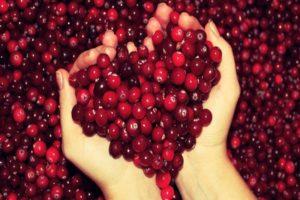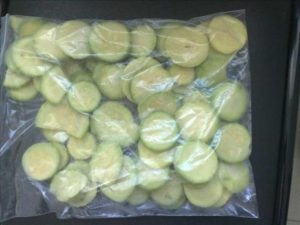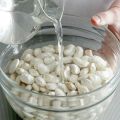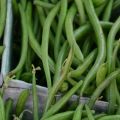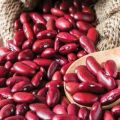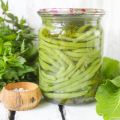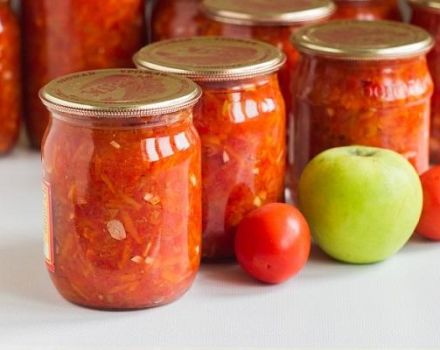How to properly freeze green beans for the winter at home, recipes
Fans at green beans not too much. Traditionally, the fruits of legumes are eaten in the form of ripe grains. But not everyone knows that the most important vitamins for the human body are found precisely in the early green pods. Hobbyists grow their own leguminous varieties or collect green, unripe bean blades. They prepare healthy dishes from freshly harvested crops and know exactly how best to freeze green beans for the winter.
Is it possible to freeze beans for the winter
Pod harvest or asparagus beans harvested in the second decade of summer. The state of milk ripeness in legumes is short, and therefore housewives try to prepare vegetable products for the winter as soon as possible.
The beans in the pods are used for food when the peas reach the size of tiny kernels of barley. During this period, there are especially many useful substances in them, since soft bean shell most suitable for boiling, cooking and freezing.
Even if they started picking the fruit with some delay, and the shell became a little tough, the green pods are still very tasty and edible. Only the heat treatment will take a little longer. In order to include an additional source of vitamins in your diet during the cold season, green beans are frozen.
Selecting and preparing beans
If green beans are harvested at an early stage of maturity, then in the frozen state they will retain all the taste and vitamins. Pods with a thin skin and soft juicy grains that are not covered with a hard shell are selected.
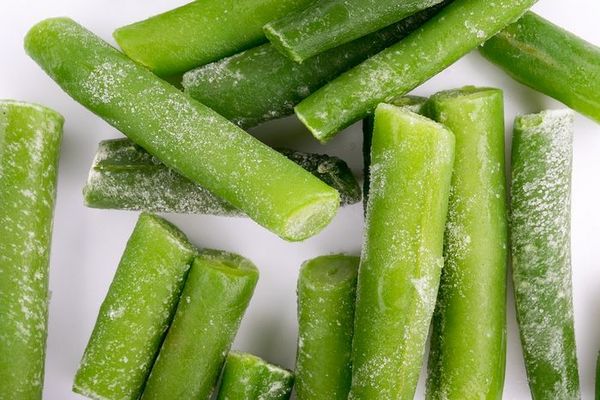
In order for the product to be only of high quality, at the preparatory stage, before freezing, it should be processed, they do it this way:
- The collected pods are carefully reviewed. Spoiled shoulder blades, with obvious damage, of a light or whitish shade are discarded. Leave only high quality - bright green.
- There are microbes on the shell of each vegetable from the garden. To get rid of them, the beans are placed in a weak solution of baking soda for a while, after which they are thoroughly washed in running water.
- Next, the fruits are laid out on a dry clean cloth, dried.
- For more convenient use in the future, the tips of the pods are removed, each cut into small pieces.
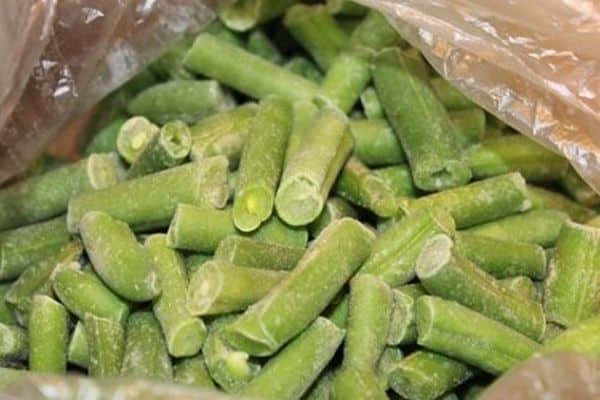
Asparagus beans are frozen only in a peeled, washed, dried form. Such precautions will rid the product of pathogens, improving its quality.
Preparing the refrigerator
Oddly enough, the process itself plays an important role in freezing vegetables and fruits. By following all the rules, you can avoid disappointment. It is not so important at what temperature the products are frozen, the main thing is how quickly the transition from plus to minus is carried out.
The temperature limit should be passed in a fast mode, this factor only improves the quality of fruit preservation. The latest generation refrigerators are equipped with the "S" function - super freezing. If more than two kilograms of vegetable products are frozen, the instant freezing button is set four hours before placing the products in the chamber.
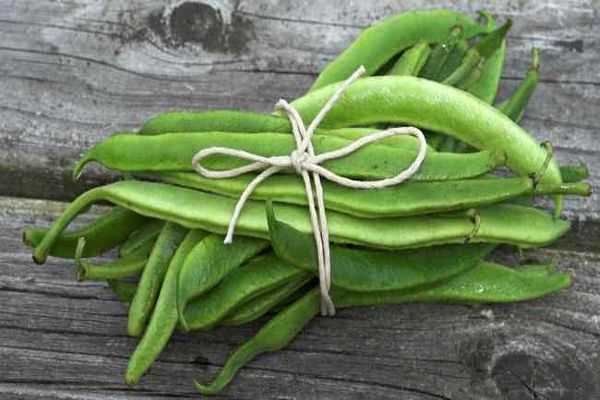
How to properly freeze beans at home
Proper handling is very important in freezing. It is clear that you should not immediately distribute the prepared products into bags, boxes and place them in the freezer. When the reserve cold accumulation function is enabled, there are several good freezing options available.
A quick way to freeze raw beans
To keep your vegetables looking good, you should use a quick freeze. The freezer has a compartment with a small shelf for storing cold accumulators.
A layer of washed, dried fresh bean pods is placed on this shelf. After they quickly freeze evenly, they are transferred to bags.
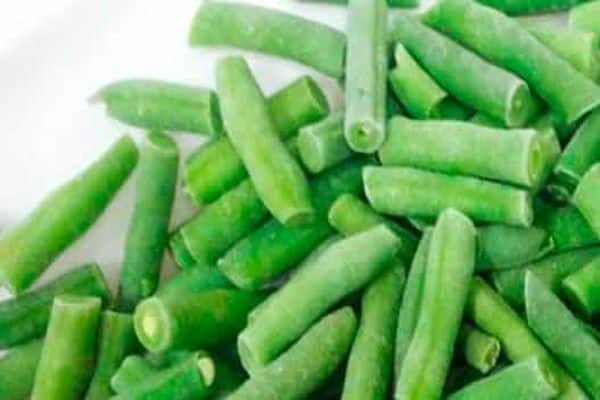
When there are no special shelves for quick freezing in the refrigerator, the vegetables are laid out for trays of any material and installed in the chamber. Such freezing takes a little longer, but no less effective. Then the frozen beans are packed in bags and put away for long-term storage.
Boiled beans
Cooked bean pods are placed in salted boiling water, scalded for fifteen minutes. The finished product is poured through a colander. With light shaking, they are freed from excess moisture, slightly dried, placed in special plastic containers or bags.
It is better to use sealed bags for freezing. If these are not available, take ordinary bags, which, after laying out the beans and extracting air, are tightly tied. Boiled frozen beans are convenient in that they do not require additional processing. It is immediately used for food, preheating or frying.

Blanched beans
Placed in a pot of boiling water, the fruits are boiled for five minutes. The blanched beans are removed from the boiling water, instantly placed in an ice-cold liquid. Thanks to this method, they quickly cool down, while maintaining a good external condition. The workpieces are laid out on a kitchen napkin and dried.
Dried green beans are placed in a container prepared for freezing, which is placed in a freezer. After thawing, the semi-finished product is subjected to additional scalding, after which the product is stewed or fried.
Canned beans
When record yields of asparagus beans are harvested, and it is not possible to freeze the entire volume, the surplus beans are canned.
Canned products contain much less nutrients, but, nevertheless, the pods are delicious as a side dish or in a vegetable salad.
In pickled form, green beans most reveal all their taste possibilities. The product is distinguished by the special softness of the green blades and the characteristic taste. Marinades differ from brines in the recipe, and the addition of vinegar to the blanks makes it possible to preserve them for several years.
Freezing soaked beans
All traditional types of legumes are soaked before cooking.The fruits soaked during the day swell and double in size. From being in a humid environment, the skin gradually stretches to its maximum size, does not burst during cooking, and cooks much faster.

Stocky housewives soak and freeze even ordinary beans. Swollen beans are boiled until tender, drained, dried, and packaged in bags. Such blanks are well stored, defrost quickly, and are very convenient in preparing your favorite dishes.
How much and how to store frozen food
It has long been known that the highest quality storage of any vegetable and fruit products takes place only in a frozen state. In order for the pods of beans to retain their nutritional properties for a long time, replenishing the human diet with vitamins, the product is stored in the freezer. Safety is guaranteed for a long time. The only downside is that asparagus beans lose about twenty percent of their beneficial properties.
According to established standards, the product should be stored for no more than six months, but if the integrity of the packaging is not broken and the refrigerator has not been defrosted, the prepared vegetables are stored much longer than the established period. Remember that re-freezing food is not recommended.
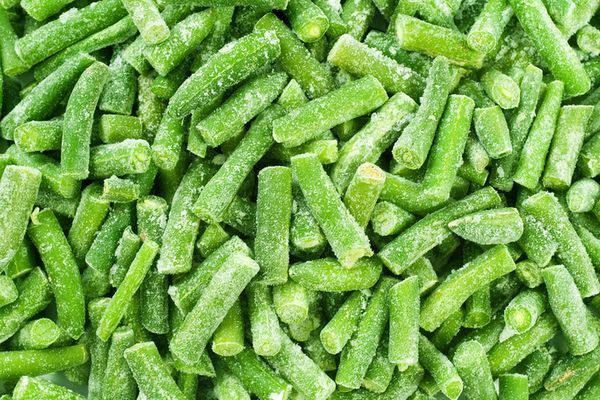
Defrosting rules
Observing all the subtleties of freezing green vitamins, every housewife has a natural interest in how to properly defrost healthy products, preserving as much as possible both the usefulness and the external state.
Asparagus beans are a versatile vegetable product. It goes well with many ingredients. In order for the frozen shoulder blades of beans to give themselves to the fullest, the required amount of fruits is removed from the chamber and left in the package in a warm room.
After a short period of time, the fresh green pods will be ready for culinary delights. They will also serve as a good addition to meat and fish dishes.
